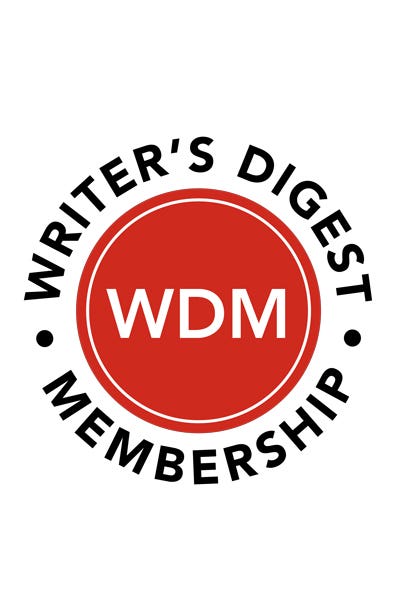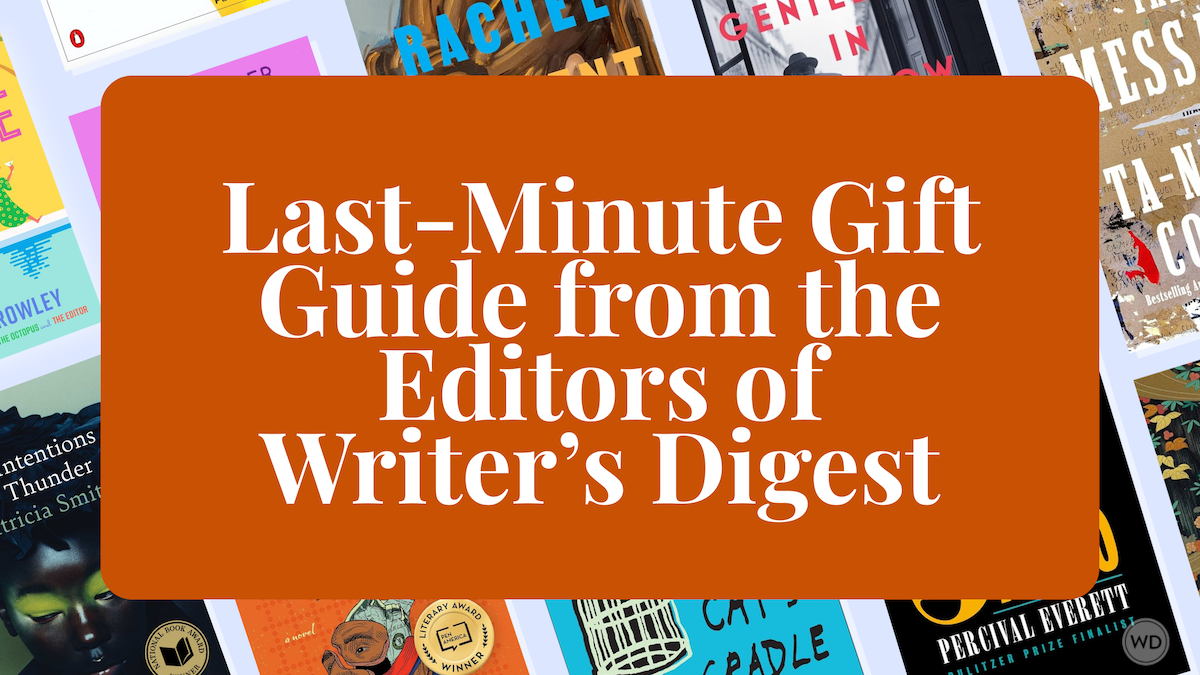Jolene McIlwain: On Characters Intersecting Through Different Short Stories
Author Jolene McIlwain discusses the interconnectedness of her debut short story collection, Sidle Creek.
Jolene McIlwain’s fiction has been nominated for the Pushcart Prize and appeared in numerous literary journals, and in 2019's Best Small Fictions Anthology. Her work was named finalist for 2018’s Best of the Net, Glimmer Train’s and River Styx’s contests, and was a semifinalist in Nimrod’s Katherine Anne Porter Prize.
She taught literary theory/analysis at Duquesne and Chatham Universities and worked as a radiologic technologist before attending college (BS English, minor in sculpture, MA Literature). She was born, raised, and currently lives in a small town in the Appalachian plateau of Western Pennsylvania. Follow her on Twitter, Facebook, and Instagram.
In this post, Jolene discusses the interconnectedness of her debut short story collection, Sidle Creek, her advice for writers, and more!
Name: Jolene McIlwain
Literary agent: Nicole Cunningham, The Book Group
Book title: Sidle Creek
Publisher: Melville House
Release date: May 16, 2023
Genre/category: Literary/Short Stories
Elevator pitch for the book: Set in the bruised, mined, and timbered hills of Appalachia in western Pennsylvania, Sidle Creek is a tender, truthful exploration of a small town and the people who live there, told by a brilliant new voice in fiction.
What prompted you to write this book?
I’d started out writing a few stories about the points of intersection between those living in a small rural town, those on the distant fringe of that town, and those residing in the nearby city. I’d worked in the city of Pittsburgh for two decades at two colleges and found I was navigating daily among the many stereotypes about all of these groups, separated only by zip code or road construction materials—from dirt to tarred-and-chipped, to paved.
So, I set off to write about what happened when these people met up. For example, one story in Sidle Creek is the story of a man who once ran an underground fight ring near the river which drew bettors upriver from the city for entertainment, and one is a story of a couple who moved deep into the country from their city jobs upon retiring.
Soon I found myself especially drawn deeply into the people of this small town and how they helped and hurt one another—not unlike where I grew up. I suppose I always wanted to write about the people who neighbored me, raised me, inspired me, and haunted me.
How long did it take to go from idea to publication? And did the idea change during the process?
I started writing the stories that would someday find their way into Sidle Creek back in 2008. I didn’t begin considering my work as a story collection until 2017. At that time, I had about 60 stories but only about 25 had the energy around them that made me feel they were part of a larger whole and connected by place and theme.
I’d been excited by the response from literary journals (while I had hundreds of rejections, several were picked up) and I had a good portion of the book completed by the time I signed with my agent in 2018. In that time, I’d been working on two novels as well, but I kept coming back to the stories.
When we set out to submit the collection, I reread it and decided that a few stories felt too heavy, too dark, too isolating. While I loved the stories, especially one that might be defined as literary horror, they didn’t seem to fit this project. So, we saved them for a future book.
This was during the beginning months of the pandemic, and I was realizing more than ever before, the importance of feeling safe, the importance of human connection, radical compassion, and kindness. I’d relied so much on my neighbors to get through those early months of lockdown, and I’d missed being in group settings without fear.
My agent suggested I go back to my older stories and see if there were some we could use in place of those we’d cut. I worked on a few new stories I’d started long ago, wrote a brand new one, and with these included, the collection seemed to be closer to what we both felt it needed to be.
Were there any surprises or learning moments in the publishing process for this title?
Oh, the title of the book! While now it seems the book could not have been titled anything but Sidle Creek, it was first called Seeds. I’d come to that title because there were several stories challenging the several meanings of seeds—seeds that started rumors, literal seeding in gardening, the seed of a child growing inside a womb, and the theme of growth.
Then my agent suggested Sidle Creek. She felt the creek was a character itself and it helped to evoke the sense of place in a way that could be tangible. When I went back and looked, I was so surprised by how many times I’d mentioned the creek in my various stories. Sometimes we are so close to a project that it’s difficult to see the global picture of it; luckily my agent, who knows my work so well, was able to see this.
And the cover! That bird! That broken blue egg! In the spring of 2022, I was on a scuba-diving trip to Cozumel—first time out of the country with my son and husband. Every day, while my guys dove the coral reefs, I worked on my editing at an outdoor lunch area. Every day a black bird—I’ve learned since it was a grackle—visited me. He’d squawk and hop near me at the table beside me. At the time, I had been waiting to hear back from my agent who’d reported to me before I left that there was interest in the book.
On one particular day when the bird was squawking extra loudly, I heard that Melville House was a yes. When I saw the cover with that black bird, I was floored. My dad had died five years ago, and I’d hoped he’d get to see me publish a book someday. That broken blue egg on the cover gave me the feeling that he was somehow “here” to see it happen. His favorite color was blue.
Were there any surprises in the writing process for this book?
As I continued to write the stories that would become this collection, characters from one story would pop into conversations or a backstory in another. For example, one of my characters, Tiller Shanty, is a clairvoyant, and while writing his backstory I suddenly found myself mentioning that his grandmother had learned to read futures from Miss Jean, another local clairvoyant. Miss Jean was also the person sought after to help with diagnosing a young girl with health issues in the title story. And Miss Jean was a character in a novel project I’d been working on, too.
The stories are connected by place, but also characters from one story might have a cameo appearance in another one where they are sometimes mentioned by name and sometimes not. The more I worked on new stories, I knew I had a strong starting point—the existing people from the older stories and the place—and I could see the book slowly becoming a complete neighborhood. I know how far one character lives from another, who might be driving past whose house on the way to work.
What do you hope readers will get out of your book?
I hope it will illustrate the necessity in these divided times of looking more closely and certainly empathetically at our neighbors, whether they’re next door or hundreds of miles away.
If you could share one piece of advice with other writers, what would it be?
It’s sometimes NOT writing that helps your writing most, getting away from the computer, putting the pen down.
Since I was in a band and once a sculpture/art major, I find I look to paintings, photographs, sculptures, and songs for inspiration.
Watching my brother-in-law run his portable sawmill, my mom make spaghetti sauce, my dad bait a hook, my friend quarter her day lilies, a man reload shotgun shells in his basement workshop, an old, old woman tat and stitch a doily, these all inspired me to find my way into writing stories.
When I set out to write about a cancer scare with my son, I couldn’t begin to get the words on the page, but when I was in the garden later that day, weeding, checking for problems with my plants, I saw a similar petechiae (tiny dots) that had shown up on the tops of his feet on my azalea plants, and this image offered me a way back into my writing.
Look to other places for inspiration (beyond your bookshelf).









